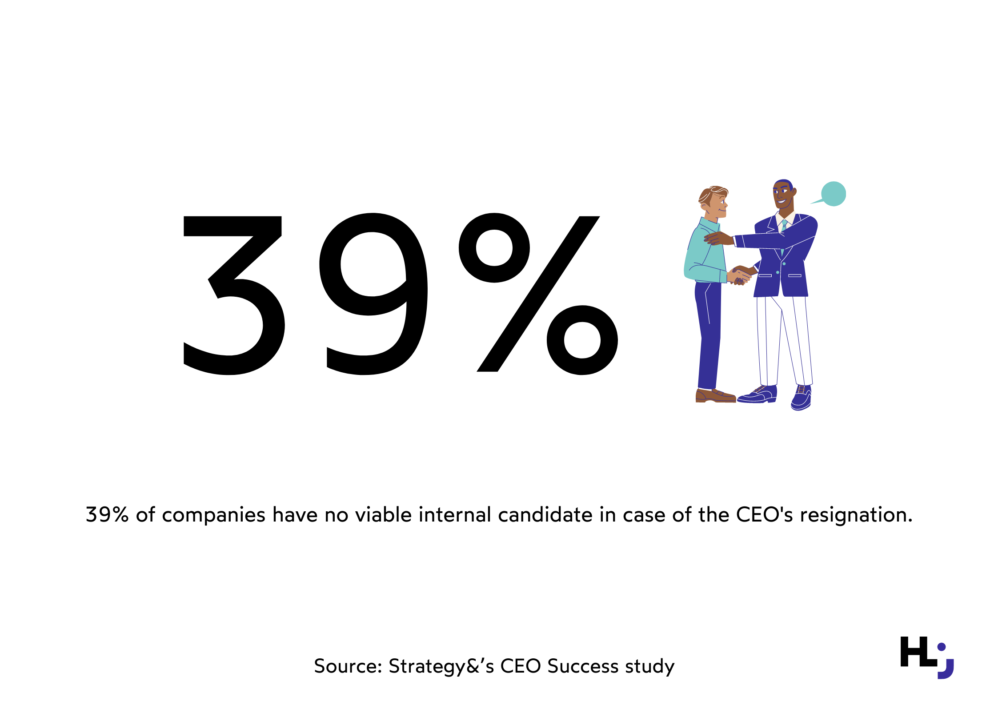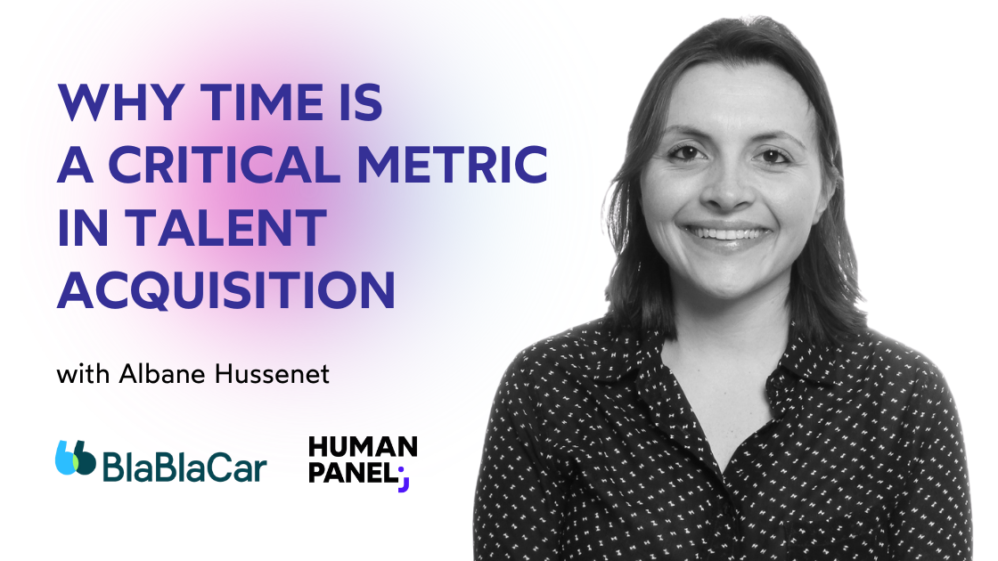How and when to promote an employee?

Do you know that employees who believe promotions are handled effectively at their company are twice as likely to put in extra effort at work? This can have a massive impact on the entire organization. But how do you know you’re promoting the right people at the right time?
I have spent years analyzing and optimizing HR processes. I can say that the problem with promotions is that they are very personal. This means that poor promotion management can favor those who don’t deserve higher positions. In other cases, your company can lose the best specialists because they get promoted to management roles. On the flip side, many employees start a job hoping to climb up the ladder, and when they don’t, they quit. On top of that, one employee’s success can leave others feeling wronged and resentful. So how can you avoid this?
Track time since last promotion, employee performance, and learning opportunities with Human Panel – the only platform you need to manage your workforce. It’s an easy-to-use tool that will help you standardize and organize all your HR processes. Sign up for a free and non-binding demo to see people analytics in action!
Ready to start people analytics with Human Panel?
Don’t play Queen’s Gambit
Researchers found that people put extra effort into their work if they believe promotions are handled effectively at their organizations. The results are impressive: at these companies, stock returns are nearly three times the market average, and voluntary turnover is half that of industry peers.
To achieve this, you should manage your promotions fairly, which has two aspects. The first is the natural rhythm at which employees advance in their careers – this is usually easy to track with data. But the other factor is the organization’s need to fill a particular position and this is where many employers fail.
In companies with 10k employees, succession planning can be more complicated than a game of chess in “The Queen’s Gambit.”
I know from personal experience that there are companies that manage the entire promotion system in a spreadsheet. I have a friend who works for a global corporation, and her spreadsheet is shared globally to figure out the highest performing people for certain positions. That’s not exactly the way it should be because…
An “A” player does not automatically make a great leader
In his book “The Dilbert Principle,” the cartoonist Scott Adams describes a world where the least competent people get promoted. Why? Because they are the people you don’t want doing the actual work.
In a recent article for Vox, EU records of nearly 40,000 salespeople from 131 firms showed that companies tend to promote the best salespeople. Employers seem to overlook that convincing others to buy goods and services is not the same as strategic planning and administrative expertise.
It’s risky to promote the best salesperson to a management position because you’re depriving the company of that person’s unique skills.
From the employee’s perspective, it may be tempting to think of the power and money they will get.
But suppose you have a very high-performing employee you want to keep. In that case, I’d suggest considering the rule Apple instituted in its HR process: increase top performers’ salary without changing their position. Let people know that excellent performance is a prerequisite for a higher salary. And if someone wants to become a leader, show them a path other than just changing their job title:
Give them a mentor
In 1969, Laurence Peter and Raymond Hull published the Peter Principle, whereby companies promote people who are good at their job until they reach the “level of incompetence.” Success in one area does not necessarily translate into success in another. The worst-case scenario is when you promote a specialist to a manager and, suddenly, they turn out to be failing in every area.
The Peter Principle reigns supreme in technical fields – medicine or engineering – with many examples of bad managers who were once excellent workers.
So if you want to promote someone to a management position, make sure you have a well-crafted training for that person, as well as an internal mentor to guide the new manager in the right direction. I’ll mention Apple again here – they are extremely cautious about promotions because they know many eyes are set on them. They don’t want any setbacks. And neither should you. Promoting someone without support will never work. But there’s something even worse:
Double responsibilities
“I got promoted, but I’m still being asked to do my old job” – if you Google this phrase, you’ll get thousands of results. People describe how their former managers keep asking them to do the old job while they already have new responsibilities.
This still happens, especially in large organizations. And it happens because there is no succession plan (remember the spreadsheet?). The scenario of people getting promoted on Friday and having shiny new toys to use on Monday is still very rare. The transition usually takes weeks, if not months.

Frequently, a newly promoted employee feels overwhelmed. Their superiors expect them to act as a leader, but at the same time, they are trying to pass on his old specialist responsibilities. And that shouldn’t be on their shoulders. But the more significant the organization, the less feasible it is. That’s why you need a system that aggregates data and creates a succession model for your organization. But whatever you do…
Don’t reinvent the wheel
We, as humans, have over 200 cognitive biases that make our judgments subjective. They will influence your decision-making when you hire, fire, or promote someone. And they will make things personal.
But at the same time, you can’t just rely on that mythical spreadsheet. Data will help you figure out patterns of what made people successful in past positions or jobs; it will give you the backbone of your human decisions, that extra argument for promotion. You need both – the data and the human factor – as there are things you just can’t quantify.
And what I would strive for is not telling your leader which pieces to move where on the chessboard. Instead, show them the palette of people they can move. You already have all the data to do this.
Oh, and don’t worry about the analysis itself. We’ll be happy to do it for you at the Human Panel.




